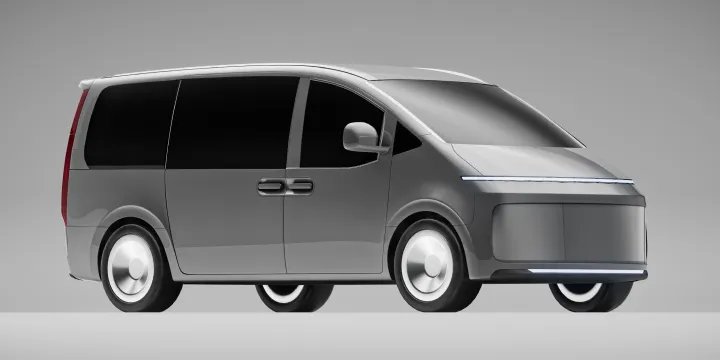Your car battery can die for several reasons. The most common one? Leaving your headlights, interior lights, or infotainment system on overnight. Other culprits include cold weather (which reduces battery efficiency), faulty alternators, or just a battery that’s reached the end of its lifespan, which is typically 3 to 5 years in the UK climate.
If your car won’t start, the lights seem dim, or you hear a clicking noise when you turn the key, you likely have a flat battery. Luckily, jump starting is usually a quick fix, that is, if you know how to do it, of course.
What You’ll Need to Jump Start a Car
Before you begin, make sure you have the following essentials:
- Another working vehicle with a healthy battery
- A set of jumper cables (jump leads), ideally 3 to 4 metres long
- Both vehicles parked nose-to-nose or side-by-side, depending on cable length
Ensure both cars are turned off, with handbrakes on, and that you know where the positive (+) and negative (–) terminals are on each battery. Check your car’s manual if unsure.
.png)
Step-by-Step Guide to Jump Starting a Car
- Attach the red (positive) cable to the dead battery’s positive (+) terminal.
- Connect the other end of the red cable to the live battery’s positive (+) terminal.
- Attach the black (negative) cable to the working car’s negative (–) terminal.
- Attach the other black cable to an unpainted metal surface on the dead car (like a bolt on the engine block). Do not connect it to the dead battery.
- Start the engine of the working car and let it run for a few minutes.
- Attempt to start the dead car. If it doesn’t work, wait a few more minutes before trying again.
- Once started, leave both cars running for 5 to 10 minutes.
- Remove cables in reverse order: black from the metal surface, black from live car, red from live car, red from revived car.
After successfully starting the car, you should let it idle or drive it for at least 20 to 30 minutes. This lets the alternator recharge the battery, or it may not start again next time.
Common Mistakes to Avoid
- Reversing cable order: Always connect positive first, disconnect negative last. It can be extremely dangerous, so just take your time and make sure you do it the right way.
- Letting cables touch each other: This can cause sparks and short circuits.
- Jump starting a leaking/damaged battery: Stop immediately and seek professional help.
- Using poor-quality cables: Thin, cheap leads may not carry enough power to start your engine.
- Not cleaning battery terminals: Corrosion can prevent proper connection. Use a wire brush if needed.
Can You Jump Start a Hybrid or Electric Car?
Hybrid cars (like the Toyota Prius) can sometimes be jump started, but only if it’s the 12V battery that’s flat, not the high-voltage hybrid battery. Always check your manual, as systems vary.
Electric vehicles (EVs), on the other hand, typically can’t be jump started in the same way, because they don’t have traditional starter motors. Instead, you may need a portable battery charger or to call roadside assistance. Never attempt to jump start an EV unless the manufacturer says it’s safe.
When to Replace Your Battery
If your car struggles to start regularly, or you’ve had to jump start it more than once in a short time, your battery is likely nearing the end of its life. Look for signs like:
- Dim headlights
- Slow engine crank
- Electrical glitches (radio, windows)
- Battery warning light on dashboard
A replacement battery in the UK typically costs between £60 and £150, depending on size and type. Always choose a good-quality battery with the correct specs for your car model.
.png)







.svg)



.png)









